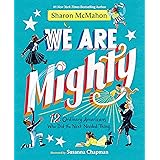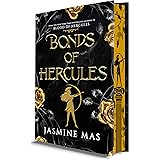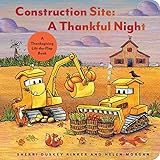Unlock the Hidden Secrets Behind Writing in Layers That Transform Every Story
Ever stared at a blank page and thought, “Why does writing a novel feel like painting in the dark?” Here’s a little secret: It kind of is. Stories, much like paintings, don’t come out perfect on the first go. They’re a mess of layers, globs of awkward strokes—sometimes downright ugly at first glance—yet packed with the promise of something beautiful once you keep at it. I’m both an oil painter and a writer, and over the years, I’ve discovered that treating a draft like a canvas—building up shapes, tones, and colors layer by layer—actually makes the whole process less scary and way more manageable. So, next time your words feel clunky or your plot looks like a half-finished sketch, remember, great art (and novels) aren’t born in one sitting, but emerge through patient layering. Curious how combining these two crafts can sharpen your storytelling edge? Dive in and find out. LEARN MORE
What painting taught me about novel writing
Stories are complex works of art. Like a painting, they come together in layers, and like paintings, they usually have an awkward stage where they look ugly, even though you know that after a few more layers, they will transform into something beautiful.
As an oil painter and a writer, that’s how I think of the writing process. The merger between the two arts has helped make me better at both of them. As someone who learns best through visual instruction and hands-on practice, imagining a story as a layered painting works well for me. So if you share this learning style, you might also find it helpful.
We’ve all heard the Sh*tty First Draft advice. It’s good advice; that’s your first layer. And it’s not sh*tty so much as it’s just one dimensional. In an oil painting, you would have some basic shapes and values roughed in, maybe using a dark and light shade of one color. It takes a lot of imagination to see what it may become. In a first draft, you’ve got some plot points and characters roughed in, but you’ve repeated the same word ten times in ten sentences, and you’re not sure if some of those plot points are going to work out.
This is where some other visual art advice comes in handy for writing, too: Focus on the big picture first. There’s no point in laboring over your word choice and descriptions before you know whether the scene fits well into the story. Work on the big stuff for now. Details will come later.
You add another layer. In a painting you’re adding proper colors and mid-tones. You can see what things are now, and parts of it are three dimensional. There’s the water, there are the trees, but the lighting and details aren’t there yet. It’s still bland.
In your draft, the characters take on more dimensions. He’s not just the funny guy, he also has some soft spots and serious moments. You change a few plot points around, and work on the pacing.
But it’s not there yet, there are still layers to go. Unfortunately, I’ve spoken with many writers who’ve stopped at this stage. I understand why. It’s an awkward stage. I’ve had paintings I’ve been tempted to give up on at this stage, too. There’s just enough there for you to see what it could be, but it still looks…


















